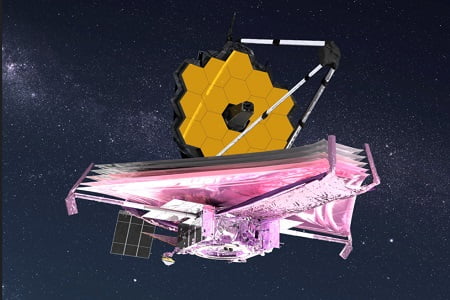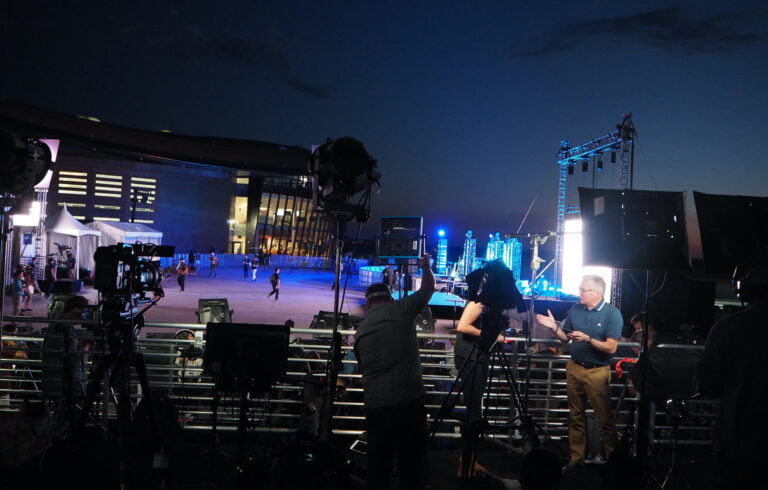 |
| Credits: NASA GSFC/CIL/Adriana Manrique Gutierrez |
NASA’s James Webb Space Telescope team has fully deployed its 21-foot gold-plated primary mirror, completing the final phase of all major spacecraft deployments in preparation for scientific operations.
As a joint effort with the European Space Agency (ESA) and the Canadian Space Agency, the Webb mission will explore every phase of cosmic history, from the solar system to the most distant observable galaxies in the early universe.
NASA Administrator Bill Nelson commented on the development: “Today NASA has achieved another engineering milestone that has lasted for decades. While the journey is not over, I am joining the Webb team to breathe a little easier and envision future advances that are determined. ”To inspire the world. The James Webb Space Telescope is an unprecedented mission that is about to see the light of the first galaxies and unravel the mysteries of our universe. Every achievement and every achievement in the future is testament to the thousands of innovators who put their passion for life into this mission.
The two wings of Webb’s primary mirror were bent prior to launch to fit into the nose cone of an Arianespace Ariane 5 rocket. After more than a week of other critical spacecraft missions, Webb’s team began remotely deploying the hexagonal segments of the main mirror, the largest ever launched on launch. Place.
The telescope will now begin moving its 18 primary mirror segments to align the telescope optics. The ground team will command 126 actuators on the backsides of the segments to flex each mirror – an alignment that will take months to complete. Then the team will calibrate the science instruments prior to delivering Webb’s first images this summer.
Thomas Zurbuchen, Associate Administrator for Science Mission Directorate in NASA Headquarters in Washington, added: “I am so proud of the team – spanning continents and decades – that delivered this first-of-its-kind achievement. Webb’s successful deployment exemplifies the best of what NASA has to offer: the willingness to attempt bold and challenging things in the name of discoveries still unknown.”
Webb will also shortly undergo a third midway correction burn – one of three designed to bring the telescope into precise orbit around the second Lagrangian point, commonly known as L2, nearly 1 million miles from Earth. This is Webb’s last orbital position where his sunshade protects him from light from the sun, earth, and moon that could interfere with infrared light observations. Webb was designed to look back over 13.5 billion years to capture infrared light from celestial objects in much higher resolution than ever before and to study our own solar system as well as distant worlds.
Gregory L. Robinson, Director of the Webb Program at NASA Headquarters, said, “The successful completion of all Webb space telescope missions is historic. This is the first time a NASA-led mission attempts to complete a complex sequence of observatory in space, a remarkable feat for our team, NASA, and the world.






